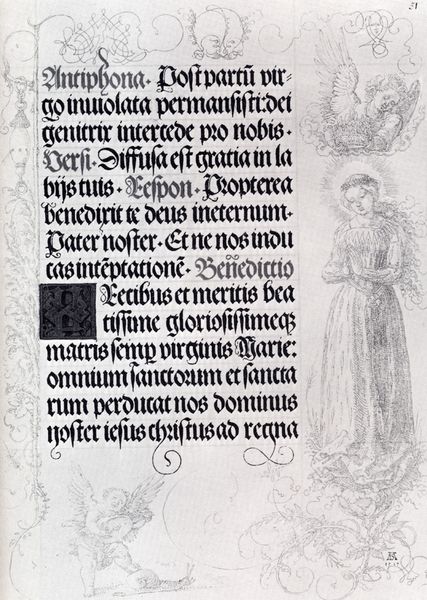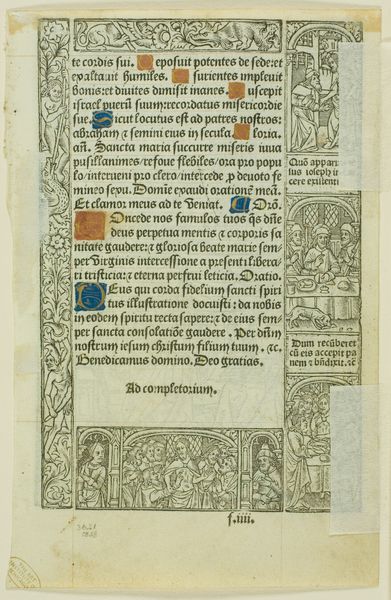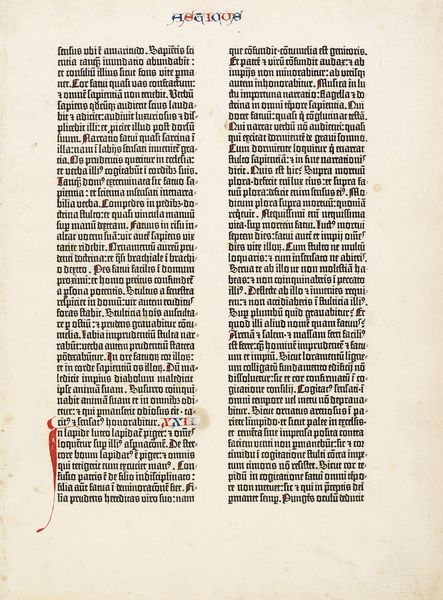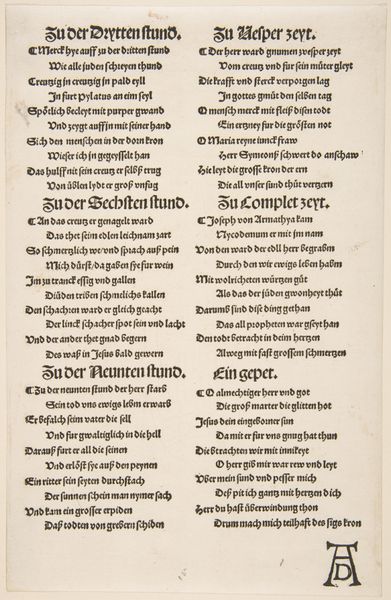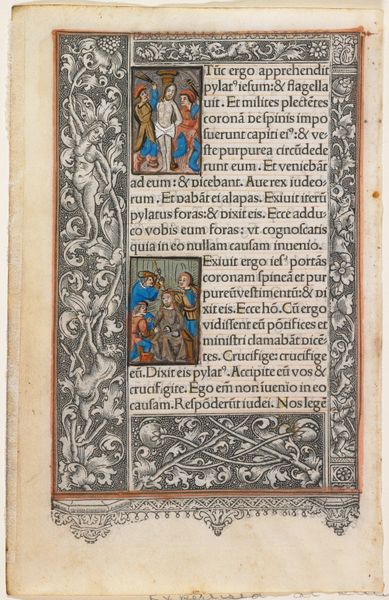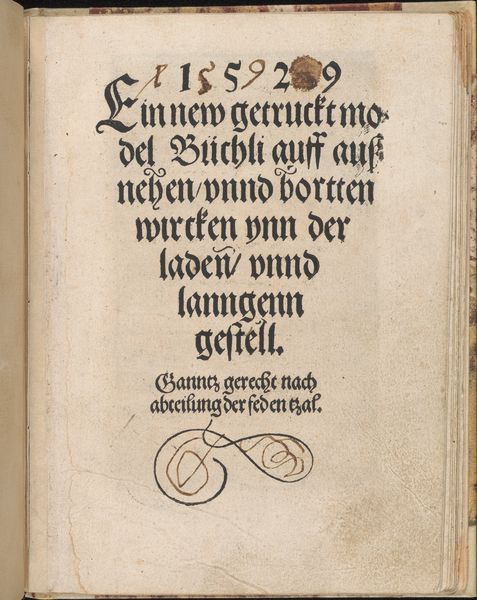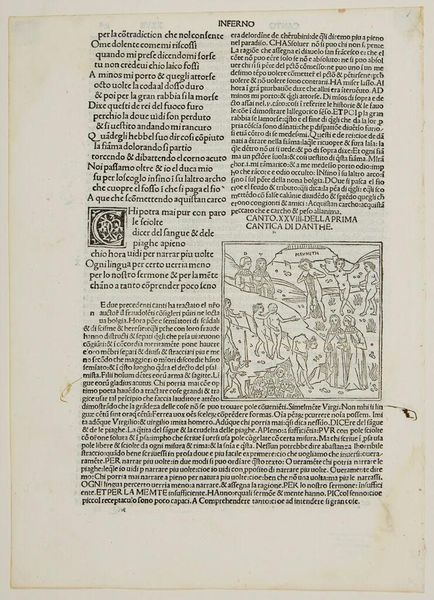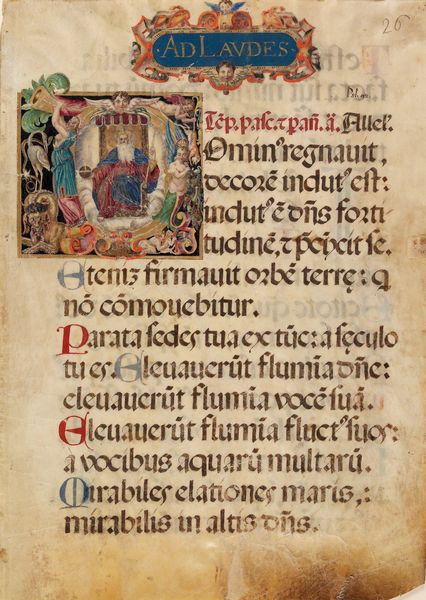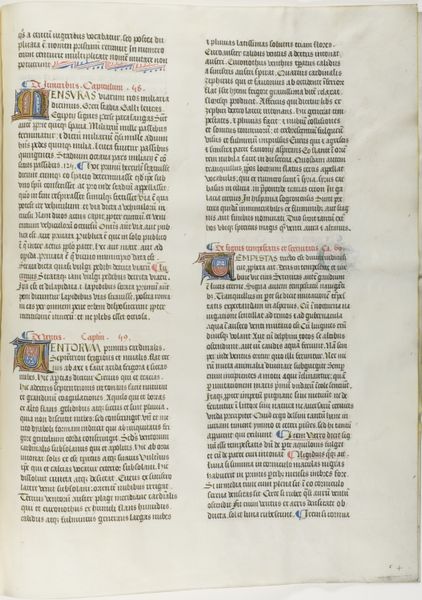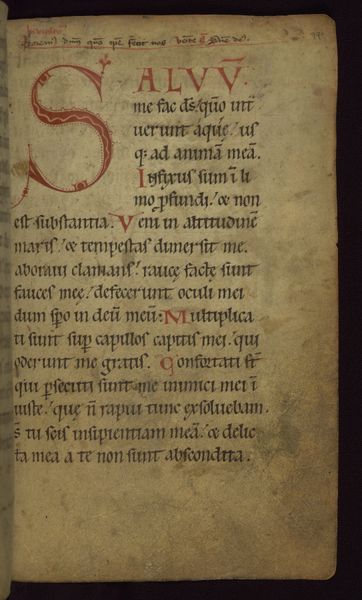
Pages Of Marginal Drawings For Emperor Maximilian`s Prayer Book 1515
0:00
0:00
albrechtdurer
Private Collection
drawing, paper, ink
#
portrait
#
drawing
#
hand-lettering
#
hand drawn type
#
hand lettering
#
figuration
#
paper
#
text
#
personal sketchbook
#
ink
#
hand-drawn typeface
#
hand drawn
#
pen work
#
sketchbook drawing
#
history-painting
#
northern-renaissance
#
sketchbook art
#
miniature
#
calligraphy
#
small lettering
Copyright: Public domain
These marginal drawings for Emperor Maximilian's prayer book were made in the early 16th century by Albrecht Dürer. Dürer was working in a society steeped in religious fervor, but also experiencing the burgeoning influence of the Renaissance and humanist thought. These graphite drawings reveal the intersection of faith, power, and artistic expression. Commissioned by Emperor Maximilian, a powerful Holy Roman Emperor, the prayer book served as both a personal devotional object and a symbol of imperial status. The figures are rendered with delicate lines, echoing the Gothic aesthetic while hinting at the burgeoning Renaissance style. The prayers, juxtaposed with the elegant drawings, would have created an immersive sensory experience, blending the spiritual with the aesthetic. While rooted in traditional religious practices, these pages also represent a shift towards individual piety and the emerging role of art as a means of personal expression. They speak to the complex emotional and spiritual landscape of the time, reflecting both the collective devotion and the individual search for meaning.
Comments
No comments
Be the first to comment and join the conversation on the ultimate creative platform.
